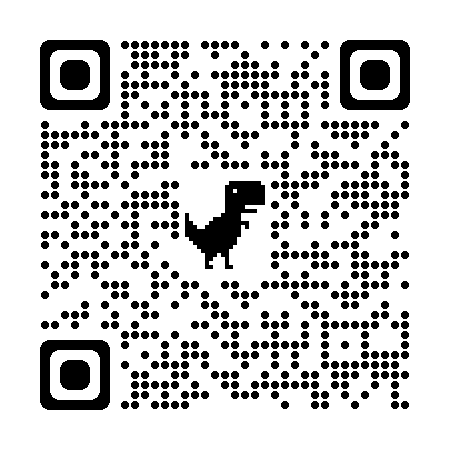The seven phases of a digital assault (cyber attack) are often referred to as the Cyber Kill Chain, a concept developed by Lockheed Martin to break down the sequence of steps an adversary may take to successfully compromise a target. Understanding these phases helps organizations better perceive and defend against potential cyber threats. The phases include:
By perceiving and detecting the signs of a cyber attack at each of these phases, organizations can better defend themselves and mitigate potential damage. Effective defenses, such as intrusion detection systems (IDS), firewalls, endpoint monitoring, and employee awareness training, can disrupt these phases and stop the attack before it reaches its final objective.
Established in the year 2000, at Mumbai, Maharashtra, India, we “Deming Certification & Ratings Pvt. Ltd.,” Learn more






© 2024 Created with Deming Certification & Ratings Pvt Ltd.